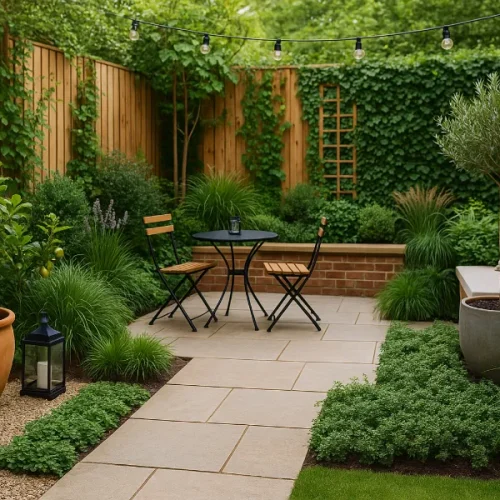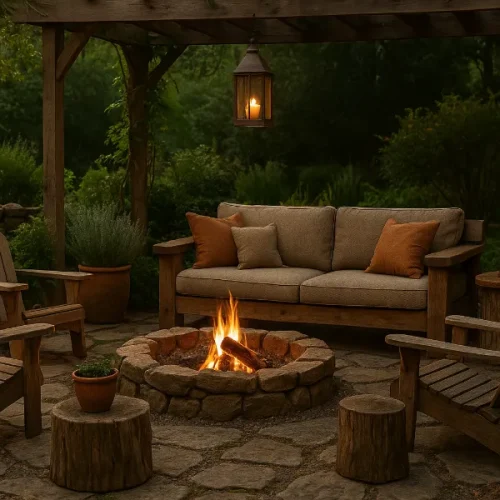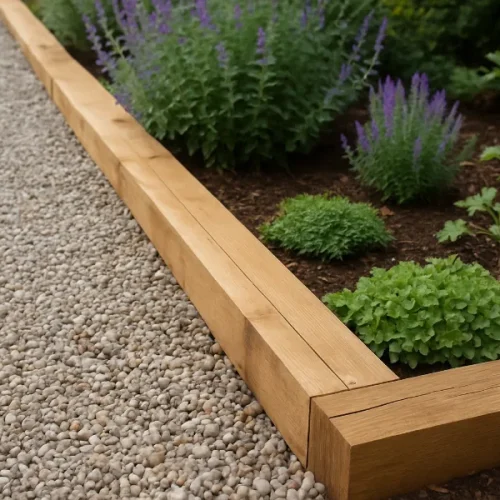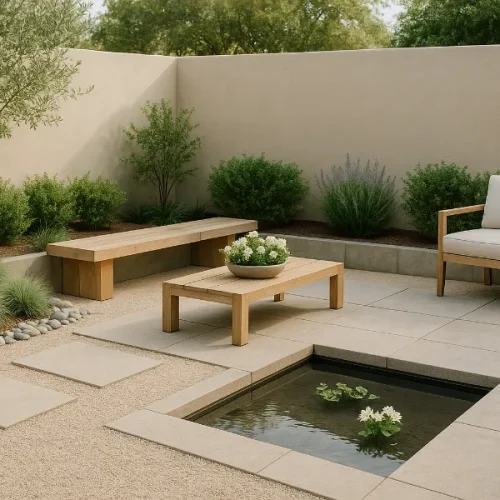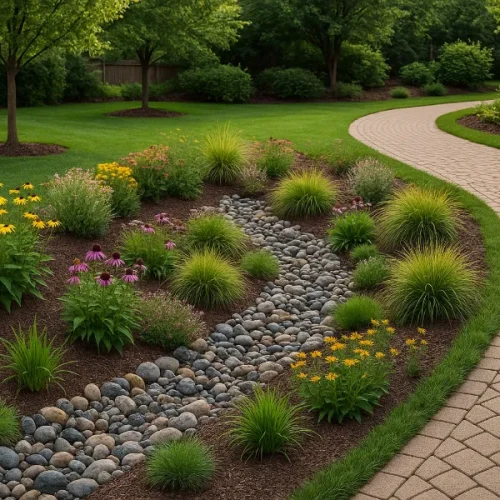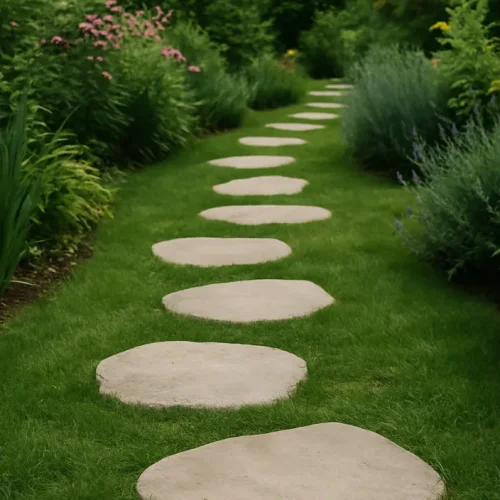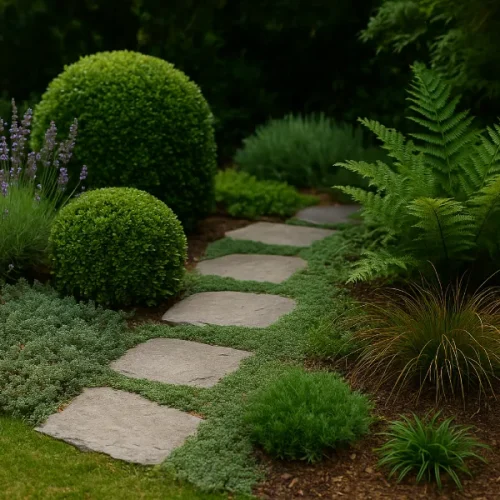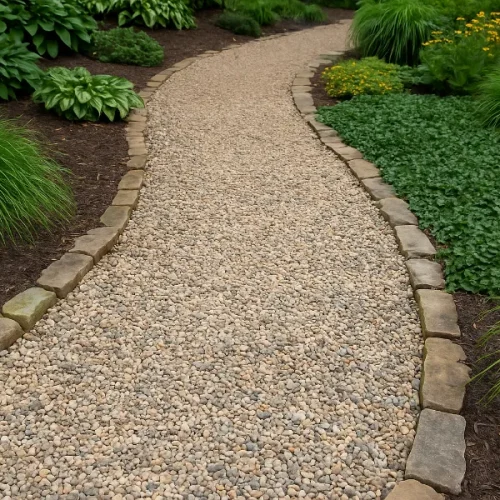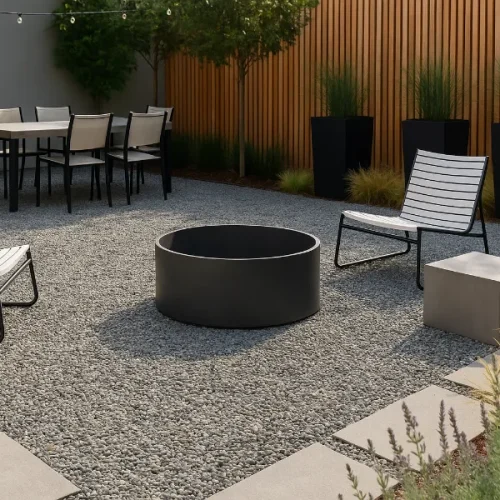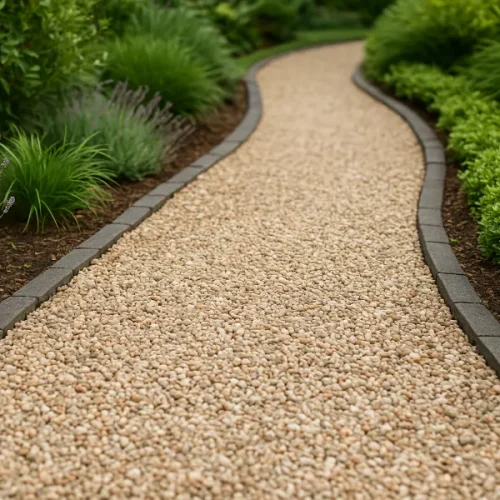Rooftop garden/s are a growing trend in cities, and for good reason. They make use of unused space, help cool buildings, support biodiversity, and give residents a patch of greenery in the middle of concrete landscapes. But as charming and eco-friendly as they are, rooftop gardens come with their own set of plumbing concerns. One of the most overlooked yet essential aspects is backflow protection.
Whether you’re a property manager, homeowner, or business owner, understanding how backflow can affect your rooftop garden and, more importantly, your entire plumbing system is key to maintaining a healthy, compliant, and efficient water setup.
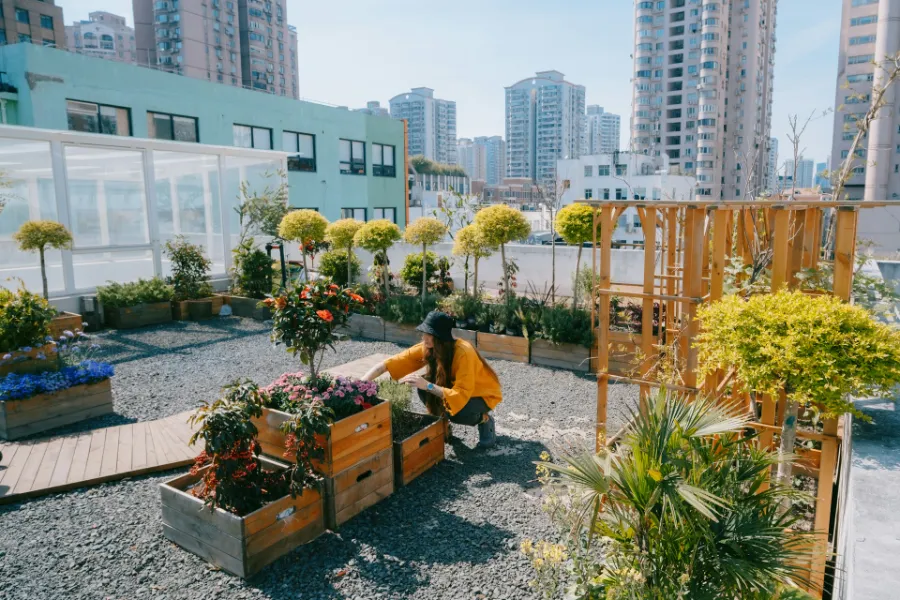
What Is Backflow and Why Should You Care?
Backflow happens when water flows in the opposite direction from where it should, potentially bringing contaminants into your clean water supply. It’s not just a plumbing issue; it’s a health and safety concern.
In most garden setups, water flows out through irrigation systems or hose bibs. But when there’s a sudden change in pressure like a water main break or heavy usage nearby dirty water can be sucked back into your clean supply. That dirty water may contain fertilizers, soil, chemicals, or even bacteria, depending on what your garden is exposed to.
You may think this mostly applies to ground-level systems, but rooftop gardens are even more vulnerable in some ways. Why? Because they often require pumps or pressure-boosting systems, which can dramatically change water flow and increase the risk of backflow.
Rooftop Irrigation Systems Aren’t Automatically Safe
Installing a rooftop garden isn’t just about hauling up soil and planting flowers. Most rooftop gardens rely on irrigation systems, drip lines, soaker hoses, or sprinklers, all of which are connected to the main water supply.
These systems make watering more efficient, but if not properly protected, they can become a direct path for contaminants to enter the water supply. The soil used in rooftop planters can contain compost, pesticides, or organic matter that shouldn’t be anywhere near your drinking water. And since many rooftops are elevated and rely on different pressure levels to function properly, the chances of pressure imbalance increase. Simply put, if you’re not using backflow prevention devices, you’re taking a risk.
Local Codes and Compliance Aren’t Optional
Many cities and counties, including San Diego, require backflow prevention for any irrigation system, especially those above ground level. These rules exist to protect the public water supply and ensure that contaminated water doesn’t enter municipal pipes.
Inspections and testing are usually required annually, and failure to comply can lead to fines, water service interruption, or even legal trouble. It’s easy to overlook a rooftop system when thinking about plumbing codes, but rest assured, inspectors won’t. If your rooftop garden was added as an afterthought or DIY project, there’s a good chance it hasn’t been assessed for backflow compliance. That’s where it pays to be proactive.
Protecting Your Green Space Without Compromising Safety
The good news? Backflow prevention doesn’t mean overhauling your whole rooftop garden. There are several devices available that can be installed at connection points to stop water from flowing backward. The most common ones for irrigation systems include:
- Atmospheric Vacuum Breakers (AVBs): Simple and inexpensive, usually installed on hose bibs or outdoor faucets.
- Pressure Vacuum Breakers (PVBs): More durable and designed for continuous pressure systems like automated irrigation.
- Reduced Pressure Zone (RPZ) Assemblies: The gold standard for high-risk setups. These provide the most protection and are often required by cities for rooftop systems.
A licensed backflow specialist can evaluate your system and recommend the appropriate device based on your garden’s layout, water pressure, and local code. Schedule a Backflow Repair with San Diego Backflow Testing and keep your system compliant.
Hidden Risks of Ignoring Backflow Prevention
Aside from legal concerns, there are practical reasons not to skip backflow protection. Imagine watering your rooftop herbs or vegetables, only to later discover that untreated runoff from your irrigation system seeped back into your building’s plumbing. Now your drinking water is at risk, along with the health of anyone who uses it.
It also puts your building’s reputation and insurance at risk. If contamination does happen and you’re found to be non-compliant, the costs, both financial and reputational, can be high. So whether you’re running a restaurant with a rooftop herb garden or just enjoy fresh tomatoes from your condo rooftop, it’s worth treating your irrigation setup with the same care as any other part of your home or business infrastructure.
Getting Started With the Right Help
Backflow prevention isn’t a one-time fix. Devices must be installed correctly, inspected regularly, and repaired or replaced when they fail. Over time, exposure to the elements, wear and tear, and system updates can all affect the performance of your backflow assembly.
This is where expert help becomes essential. Their licensed specialists not only handle inspections and maintenance but also ensure you’re meeting every local code requirement, especially for more complex systems like those on rooftops.
Think Long-Term for a Healthy Rooftop Garden
Backflow protection is one of those behind-the-scenes details that doesn’t get much attention until something goes wrong. But taking the time to install the right backflow device and schedule regular inspections means you’re protecting more than just your garden.
You’re safeguarding your water supply, staying on the right side of local codes, and building a more resilient rooftop ecosystem. When you think of everything that goes into creating a thriving rooftop space, sunlight, soil, drainage, and design. It makes sense to add water safety to the list.
So the next time you’re enjoying your rooftop tomatoes or basking in your urban oasis, remember that clean, safe water is just as important as sunshine and soil. Backflow protection might not be visible, but its impact is felt in every sip and every bloom.
Backflow is when water flows in the opposite direction, potentially drawing contaminants like fertilizers, bacteria, or chemicals into the clean water supply. Rooftop gardens, especially those with irrigation systems and pumps, are particularly vulnerable due to fluctuating pressure levels.
No, rooftop irrigation systems are not inherently protected. Without proper backflow prevention devices, these systems can create a direct route for contaminants to enter your building’s water supply.
Devices like Atmospheric Vacuum Breakers (AVBs), Pressure Vacuum Breakers (PVBs), and Reduced Pressure Zone (RPZ) Assemblies are commonly used. A licensed backflow specialist can determine which type best suits your rooftop setup.
Yes, many cities—like San Diego—mandate backflow prevention for above-ground irrigation systems. Failing to comply can lead to fines, water shutoffs, and legal issues.


